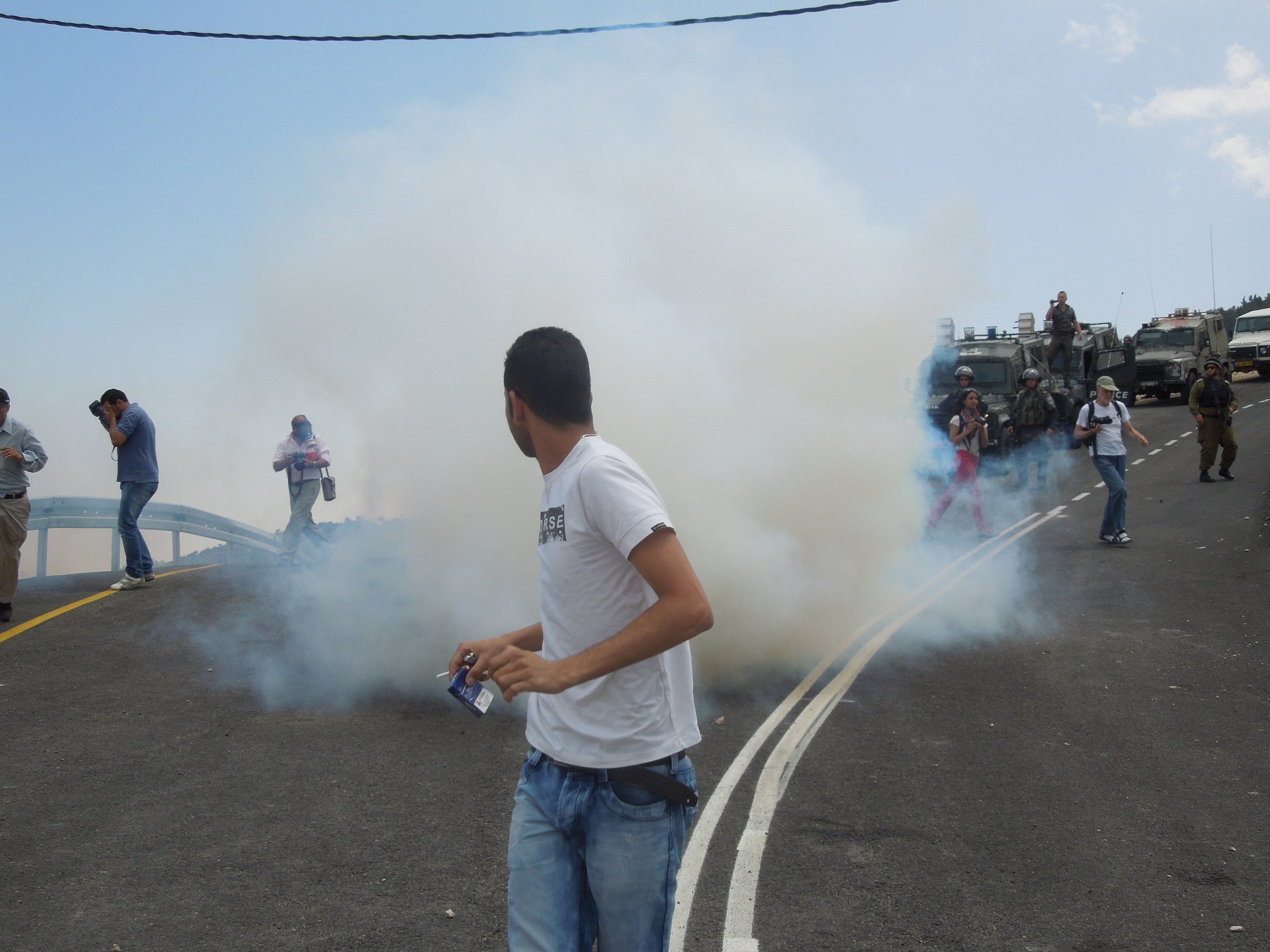Category: Reports
-
Protest against new road block in the village of Al Walaja
11th May 2013 | International Solidarity Movement | Al Walaja, Occupied Palestine By Team Khalil On Friday 10th May, Palestinians from the village of Al Walaja protested against a new road block, placed by the Israeli army in one of the two roads giving them access to Bethlehem. The iron barrier that was placed earlier…
-
Residents of Deir Jreer and Silwad resist occupation and settlement expansion
10th May 2013 | International Solidarity Movement, Deir Jreer and Silwad , Occupied Palestine By Team Ramallah At around 9 am today, 150 Palestinians, accompanied by International activists, went to Deir Jreer lands to construct a new road so that local farmers could reach their lands more easily. Two bulldozers flattened the path from the…
-
Qabalan and Talfit show their lives under occupation
9th May 2013 | International Solidarity Movement, Talfit and Qalaban, Occupied Palestine Israeli occupation has created different problems for Talfit and Qabalan. Talfit is proud of its history and wants to protect it from Israeli army night incursion that seeks to appropriate it, as Qalaban struggles to provide water to its population. Talfit is a…

